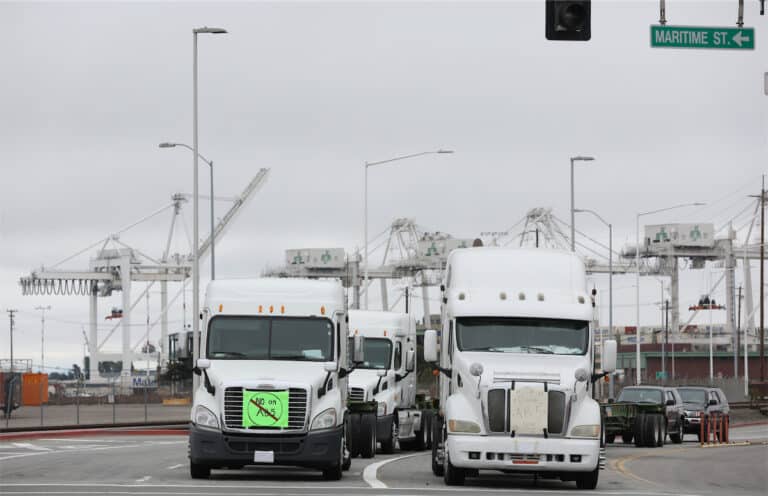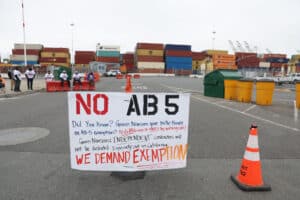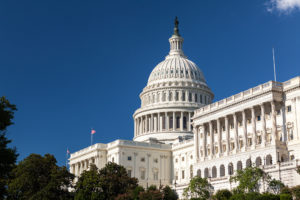Orange County Register: Assembly Bill 5 is still wreaking havoc in California and across the country

The state of California, doing the bidding of union activists, has for years been waging war on independent contractors. This effort, exemplified by the disastrous Assembly Bill 5, has undermined various lines of work, including freelance journalism, Uber and Lyft, and other professions.
If you needed proof that AB 5 was a flawed piece of legislation from the very beginning, consider the fact that while the rules for who AB 5 applies to are a mere 325 words, they’re followed by almost 7,000 words worth of carveouts. While a 2020 Proposition which rolled back AB 5 with respect to app-based drivers was recently declared unconstitutional, other exceptions put in place by the legislature remain. As a result, politically-connected professions, like lawyers, doctors, and accountants are exempted from AB 5’s onerous requirements.
Independent truckers, however, are not among these lucky carve outs, and the state is beginning to feel the consequences. Throughout the United States, approximately 350,000 truck drivers make a living as independent owner-operators—they own their own vehicles and haul loads as contractors for carriers.
Being an owner-operator allows truck drivers to be their own boss, to control which jobs they take, to manage and take responsibility for their own equipment, and to set their own prices and hours.
There are trade-offs for this freedom: Owner-operators are small businesses, not employees, and drivers must carry their own insurance and pay their own costs. AB 5 makes it illegal for truckers who work in California, where most sea freight enters the United States, to make those choices.
AB 5 created a new three-part test used to determine whether a worker is an independent contractor or employee. The key provision of the test is that anyone performing work within the “usual course of the hiring entity’s business” must be classified as an employee, rather than a contractor. This provision turns countless workers into employees who, in other states, could be independent. California drivers either have to enter into convoluted arrangements with carriers or move out of state if they wish to maintain their autonomy. As a result, AB 5 has left 70,000 truckers, the core of California’s supply chain, in legal limbo.
But the truckers are not sitting still–or rather, they are sitting still but in protest: In July, hundreds of truckers at the Port of Oakland engaged in a work stoppage and parked with placards on their rigs to protest the law, leading to the closure of important terminals at the busy Port. Meanwhile, independent truckers protesting the law clogged traffic on freeways in the Los Angeles and Long Beach area, outside of that area’s port complex.
Now AB5’s legal chaos threatens to spill over into the broader economy and amplify a supply chain crisis that has already driven record inflation in 2022. The protests at the Port of Oakland—the state’s third busiest—saw a 28% decline in loaded container volumes, exacerbating the impact of factory shutdowns in China.
Simultaneously, the California Trucking Association estimates that the law may take thousands of truckers off the road due to legal uncertainty, and cause many more to have to pay tens-of-thousands of dollars in legal costs to bring themselves in compliance with the law. The American Trucking Association reported a nationwide shortage of 80,000 drivers last year—a figure that is sure to be expanded due to AB 5.
AB 5 imposes these costs ostensibly to protect truckers from the challenges inherent in running a business. But American workers are smart enough to weigh the risks involved. Under AB 5, California’s view is that doctors, dentists, insurance agents, lawyers, accountants, securities brokers, real estate agents, hairstylists, and some creative professionals are capable of deciding to be independent—but not truckers.
This makes no sense, and now Americans are starting to pay the price. The state should put an end to AB 5 entirely, and free truckers—and everyone else—from its folly.
This op-ed was originally published at The Orange County Register on October 18, 2022.







